Hi, what do you want to do?
The Franklin Institute
The Franklin Institute: Earth Bowl
This activity from The Franklin Institute demonstrates the layers of the earth using gelatin, pudding, graham crackers, and a few other items. The students actually construct a representation of the earth that they can eat.
ClassFlow
Class Flow: Layers of the Earth
[Free Registration/Login Required] This is a basic flipchart showing the layers of the earth compared to an egg.
ClassFlow
Class Flow: Layers of the Earth Ii
[Free Registration/Login Required] This basic flipchart compares the layers of the Earth to an apple.
abcteach
Abcteach: Earth
[Free Registration/Login Required] Ready made worksheets for any earth science unit on water cycles, the layers of the earth, or volcanoes.
University Corporation for Atmospheric Research
Ucar: Layers of Earth's Atmosphere
Learn about the layers of Earth's atmosphere: troposphere, stratosphere, mesosphere, thermosphere, and exosphere.
Nine Planets
The Nine Planets: Earth Facts
Find lots of information about our planet Earth here. Covers basic facts, Earth's history, layers of the Earth, plate tectonics, composition of the atmosphere, Earth's magnetic field, and some facts about our moon.
Other
Prehistoric Planet: Rock Layers: Timeline of Life on Earth
Offers an easy to understand explanation of the earth's layers and the fossils we find in each layer. It explains how these are interpreted by scientists to represent the evolution of animal and plant life through the geological eras.
ClassFlow
Class Flow: Earth Layers
[Free Registration/Login Required] In this lesson students will recognize that changes that occur in the layers of the Earth (volcanoes and earthquakes) are a result of forces acting upon it.
National Earth Science Teachers Association
Windows to the Universe: The Earth's Atmosphere
Windows to the Universe offers information on the Earth's atmosphere. The site contains links to a weather crossword puzzle and images.
CK-12 Foundation
Ck 12: Earth Science: Stratosphere
[Free Registration/Login may be required to access all resource tools.] Describes the properties of the stratosphere.
CK-12 Foundation
Ck 12: Earth Science: Thermosphere and Beyond
[Free Registration/Login may be required to access all resource tools.] Describes the properites of the thermosphere and exosphere.
CK-12 Foundation
Ck 12: Earth Science: Thermosphere and Beyond
[Free Registration/Login may be required to access all resource tools.] Describes the properties of the thermosphere and exosphere.
University Corporation for Atmospheric Research
Ucar: How High Does the Atmosphere Go?
This lesson shows the parts of the atmosphere and their size (thickness) relative to the size of the Earth. It includes background information, lesson outline, links to standards and assessments.
University Corporation for Atmospheric Research
Ucar: Introduction to the Atmosphere
A detailed overview of the Earth's atmosphere, with explanations about atmospheric properties, the structure of the atmosphere, its four layers, atmospheric processes, energy heat transfer, conduction and convection, and radiation. All...
Utah State Office of Education
Utah Science: Rocks, Minerals, and Soils Introduction
Dig into the layers of activities exploring and investigating minerals and how they are related to both rocks and soil.
Rice University
Museums Teaching Planet Earth: What Is the Geosphere?
Describes Earth's layers, which make up the geosphere.
Better Lesson
Better Lesson: Building the Grand Canyon
The Grand Canyon is an excellent model for learning about Earth's rock formations. Students will look at fossils and the differences in layers to understand how the Earth changed over time. Resources included are detailed instructions...
Other
Spacetech's Orrery: Earth Our Home Planet
This site provides a very interesting overview of our home planet, Earth. Content includes a focus on the atmosphere, the pull of gravity, and the active surface.
PBS
Pbs: Scientific American Frontiers: Earth on the Move
The interactive resource examines the plate tectonics, magnetic reversals, and continental drift of the Earth. An animation of the Earth's continental drift over the last 750 million years is included.
NASA
Nasa Earth Observatory: Clouds in a Clear Sky
This article introduces the different layers of the atmosphere and the clouds that are formed there. Scientists use instruments such as the SAGE 11 that help to measure amounts of sunlight, water vapor, and other conditions that affect...
Society for Science and the Public
Science News for Students: Riding to Earth's Core
Ever thought about riding to the core of the earth? Well geophysists David Stevenson has. He has even come up with a way to make a hole, but he has run into some other complications. Maybe you can be the one to solve those problems.
Georgia Department of Education
Ga Virtual Learning: Earth Origin, Composition, and Structure
In this lesson, you will learn about how the Earth formed as well as the composition and structural layers of the Earth's interior.
Other
Prince George's Community College: Reading the Rock Record [Pdf]
This is an in-depth activity where students create a rock layer formation using different colors of playdough and investigate the types of folds and rock formations that might occur. They take core samples through anticlines and...
Smithsonian Institution
National Museum of Natural History: Global Volcanism Program: This Dynamic Planet
Interactive activity that allows the learner to make their own regional map using layers of their choice such as volcanoes, craters, plate tectonics, or earthquakes. This map of the Earth zooms in and out, highlights essential processes,...
Other popular searches
- Layers of the Earth
- Layer of the Earth
- All Layers of the Earth
- 4 Layers of the Earth
- Science Layers of the Earth
- Three Layers of the Earth
- Layers of the Earth Worksheet
- Model of the Earth's Layers
- Layers of the Earth Foldable
- Layers of the Earth Quiz












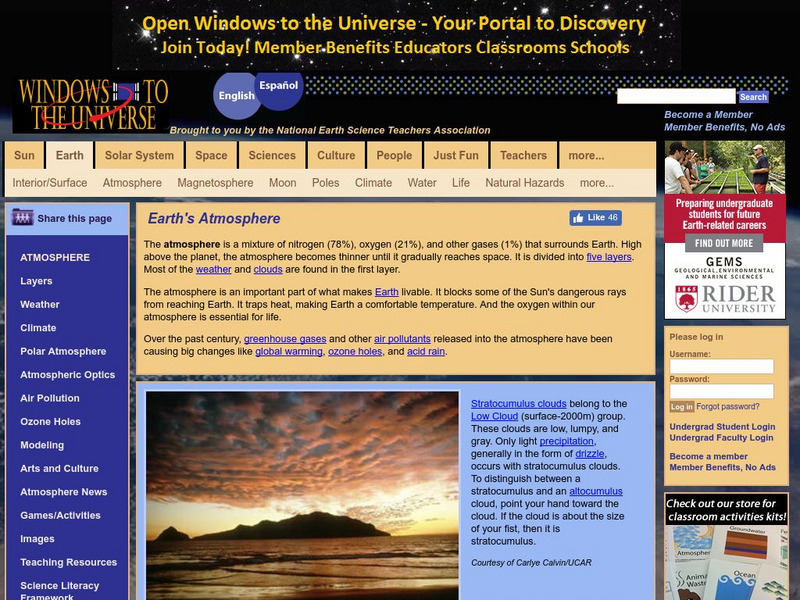
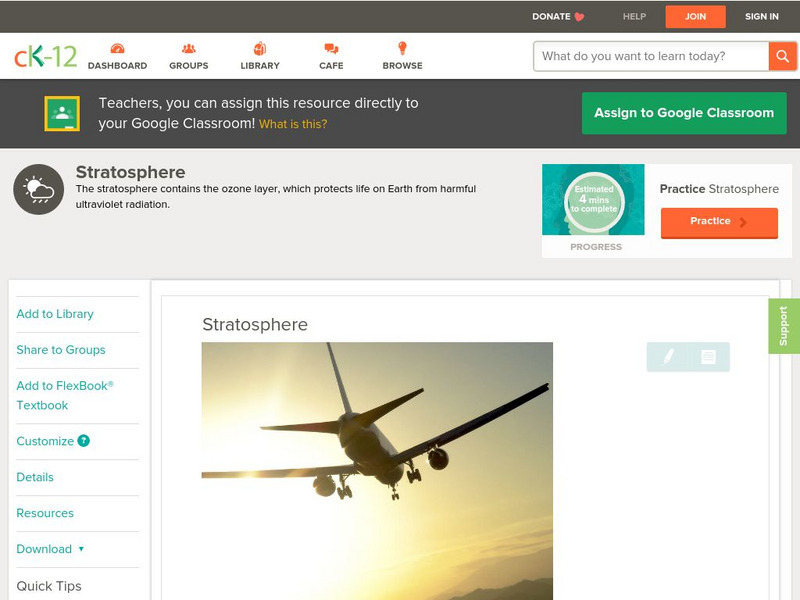
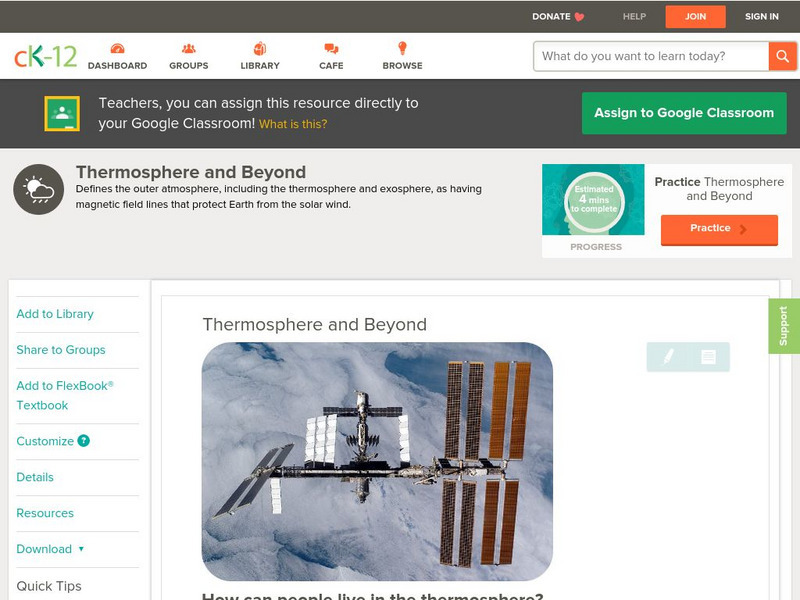
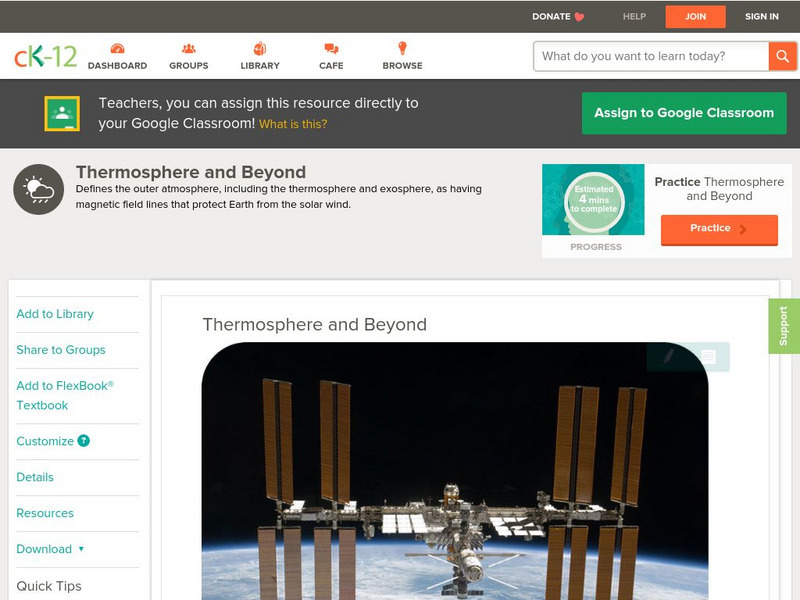
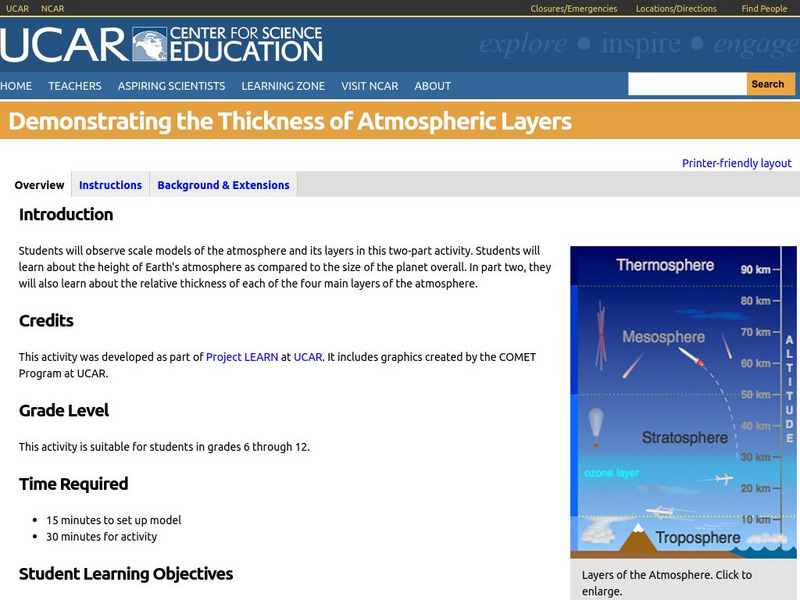

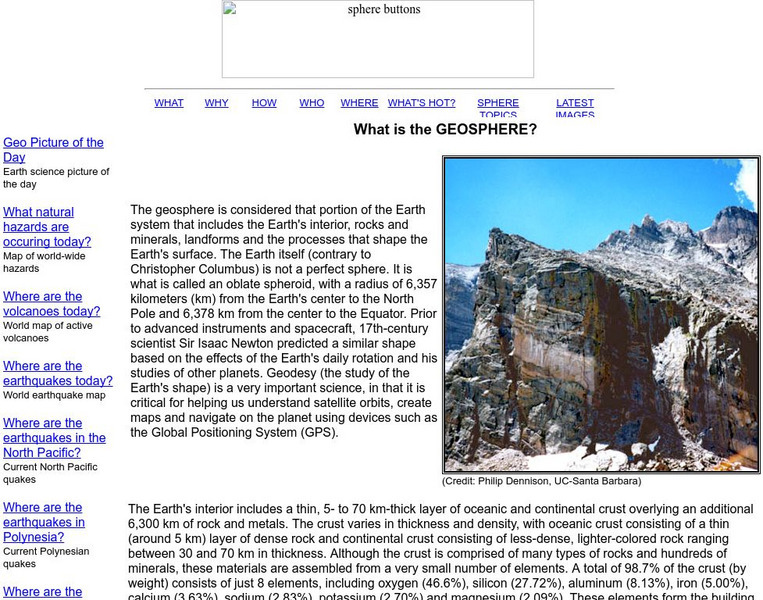
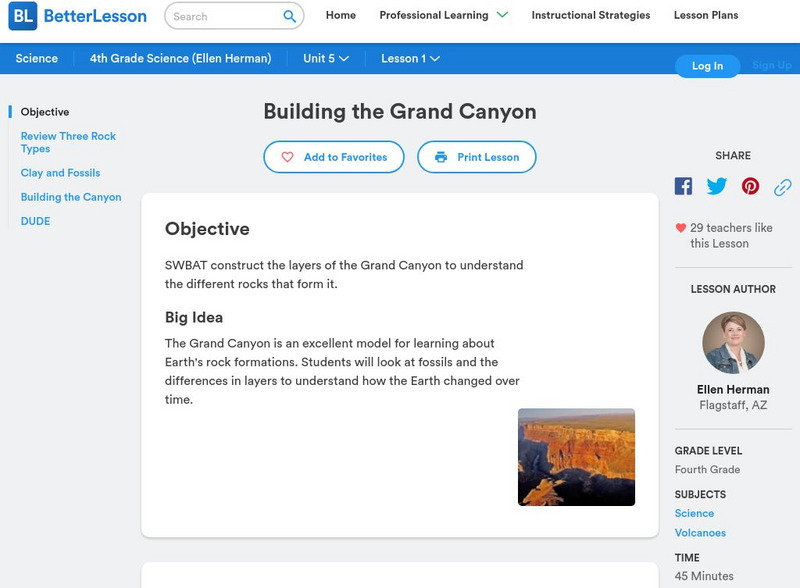
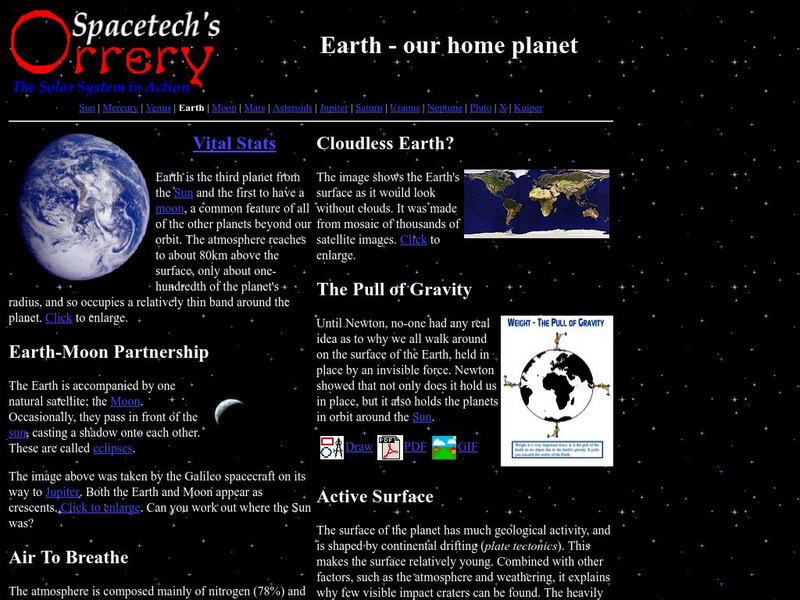

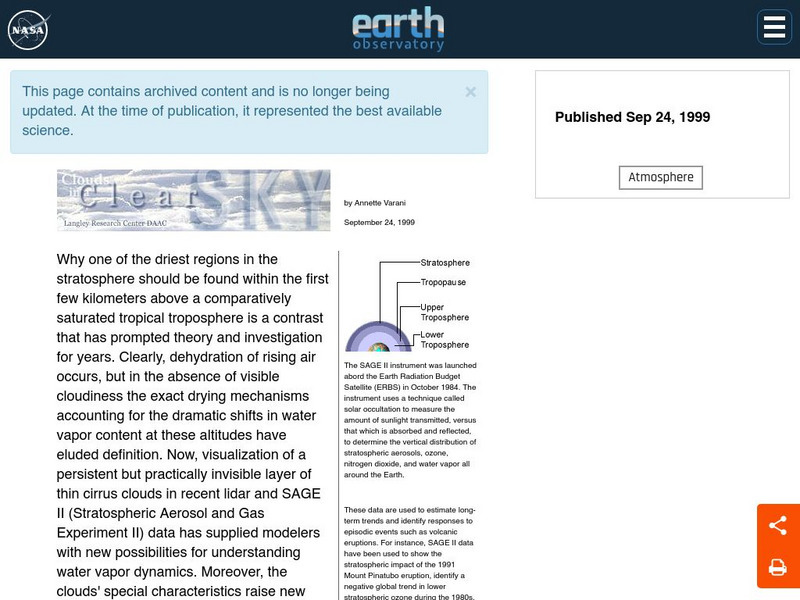

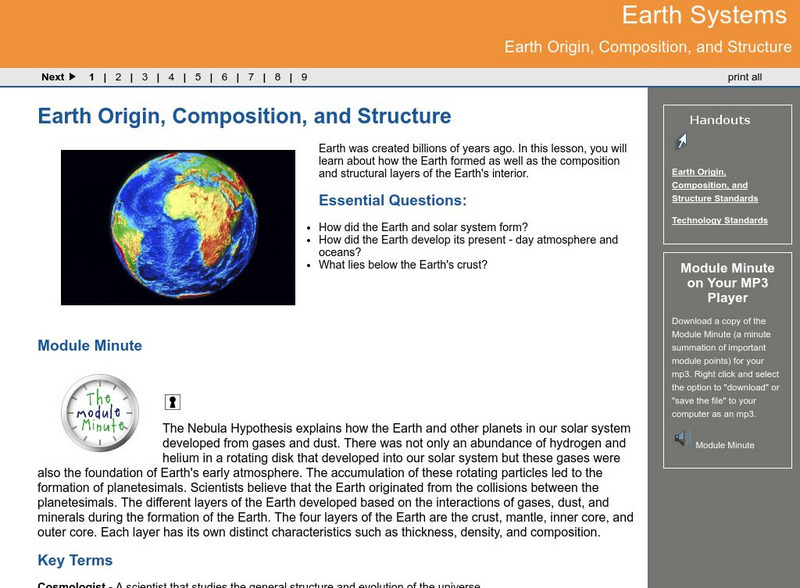
![Prince George's Community College: Reading the Rock Record [Pdf] Activity Prince George's Community College: Reading the Rock Record [Pdf] Activity](http://lessonplanet.com/content/resources/thumbnails/410006/large/bwluav9tywdpy2symdiwmduymc0xotawms0xn3i0zzvplmpwzw.jpg?1589984663)